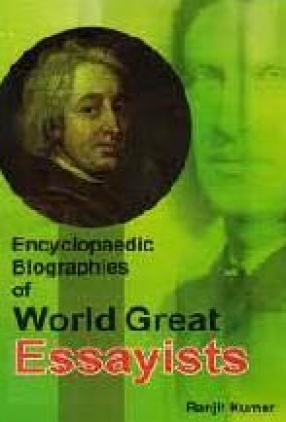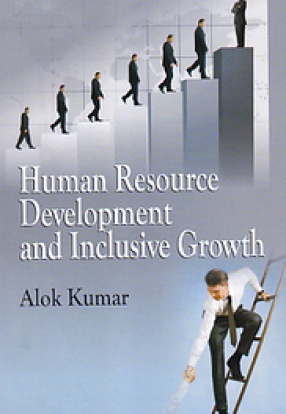South Asia, where one fifth of humanity lives, is in a dire need of peace, stability and development which can be achieved much faster with the concept of cooperative living of nation states. The European Union has presented an example before the world in implementing this concept. The Seconds World War resulted in a long phase of cold war between communism and capitalism, between open and closed economies and an Europe sharply divided between the two with nuclear missiles targeted at each other. Similar situation can be said to be prevailing in south Asia though at a much smaller scale but the tension here is over territories tinged with religious overtones. The South Asia continues to be divided with almost closed borders and flexing of nuclear nuclear muscles by the two big members of SAARC. The end of cold war and the expansion of free trade in Europe which is gradually evolving into a powerful political entity. The European Union perhaps is the greatest peace project undertaken during the last decade of the previous century, the seeds of which were sown after the end of second world war. The South Asian countries need to learn lessons from European Union. An integrated economy of South Asia with open borders and visa regime as prevailing in Europe would go a long way in addressing much of the problems of South Asian poverty, malnutrition and illiteracy. For this a South Asian Economic Union on the lines of the European Union has been envisaged by the SAARC leaders. It seems to be a pipe dream for South Asians now but Europeans also saw such dream long back. The South Asians can also realise the dream of not only economic union but a fully fledged South Asian Union as EU is going to take shape. This book discusses the problems, possibilities and prospects of such UNION for South Asia.
South Asian Union: Problems, Possibilities and Prospects
In stock
Free & Quick Delivery Worldwide
reviews
Bibliographic information
Title
South Asian Union: Problems, Possibilities and Prospects
Author
Edition
1st ed.
Publisher
ISBN
817049219X
Length
328p., Tables; References; Annexures; Index; 23cm.
Subjects







There are no reviews yet.